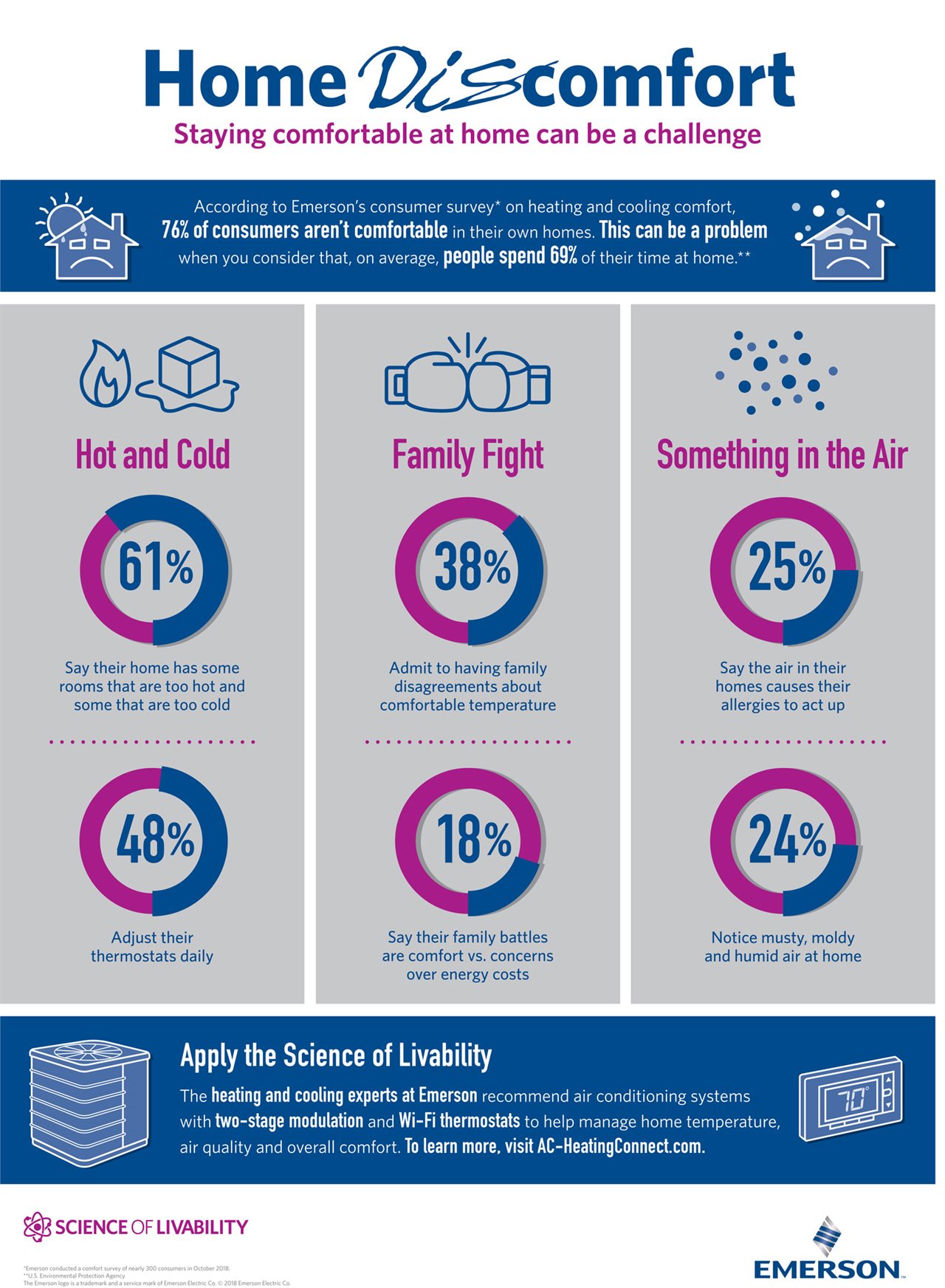2019-04-17T10:01:00
(BPT) – Do women worry more about saving for retirement? There are many reasons women may be concerned about saving enough — they have a longer life expectancy, they often earn less than their male counterparts and they may have fewer full-time working years due to time spent caring for children or aging parents. This results in lost wages as well as fewer Social Security benefits and retirement plan savings.
However, women also have an important advantage — they are more goal oriented, says Samantha Anderson, CFP and co-chair of the National Association of Personal Financial Advisors’ (NAPFA) Women’s Initiative. Anderson adds that “the knack women have for concentrating on the future serves them well when it comes to financial planning and saving for retirement.”
What can you do to plan and save for your future? Anderson offers five important tips:
Develop concrete goals. Anderson explains that setting achievable goals and accomplishing them can help women boost their confidence when it comes to finances. Whether it’s establishing an emergency fund, paying off credit card debt or taking over all bill payments, achieving a financial goal sets you on the right track toward your overall financial well-being and helps prepare you for life events at any age, she says.
Use opportunities to save and invest now. Start saving as soon as possible, no matter how small the amount, says Anderson. In particular, she recommends setting aside an emergency cash fund equal to 6-9 months’ worth of expenses to protect against a life-changing event and investing the remainder. Many employers offer matching funds toward a retirement plan, such as a 401(k), and you should be taking full advantage to boost your retirement savings. Neglecting to save in this way is leaving money and potential investment return on the table, explains Anderson. If you’re not sure what to invest in, Anderson suggests starting with a target-date fund, which provides a diversified allocation that becomes more conservative as retirement (the target date) approaches.
Find a fee-only financial advisor. A holistic financial advisor can help you meet your financial goals during any stage of your life. Anderson explains further, “Fee-only advisors are compensated solely through fees paid by the client, rather than commissions from the sale of a financial product. This means they will provide independent and unbiased advice. Advisors also offer different compensation and service models — such as hourly, flat-fee, ongoing planning or financial check-in projects — making hiring an advisor more accessible.” NAPFA is the country’s leading professional association of fee-only financial advisors, with over 3,600 members. Its members also adhere to a strict Fiduciary Standard of Care, which requires them to place your interests above their own.
Plan for the worst. Many of Anderson’s clients worry about becoming a financial burden to their families. She recommends developing an estate plan and making sure you have all of the necessary estate documents in place, such as a will to ensure your minor children and belongings are taken care of. You can also execute a Health Care Power of Attorney, Durable Power of Attorney and Living Will to designate who should make decisions on your behalf in the case of incompetency.
Educate yourself and ask questions. Anderson advises clients to utilize financial education resources at least once per week. Spending even 5-10 minutes a week learning about a different financial planning topic is a quick and easy way to boost your financial confidence. For tips, visit https://www.napfa.org/financial-planning/consumer-resources or savvyladies.org. Then ask your advisor questions about your investments. “Would you have a medical procedure done if you didn’t understand what it was for? No, so don’t invest in something without asking all the right questions, either,” Anderson adds.
Anderson concludes, “My female clients are great listeners and communicators and have an incredible ability to manage multiple tasks at once, allowing them to think through all different aspects of financial planning, whether that be tax planning, retirement, estate planning, investing or other topics.” She encourages her female clients to be confident and self-assured in investing and financial planning, adding that there are many steps women can take to optimize their future and have a stable, fulfilling retirement.
To find a fee-only financial advisor, see https://www.napfa.org/find-an-advisor.















